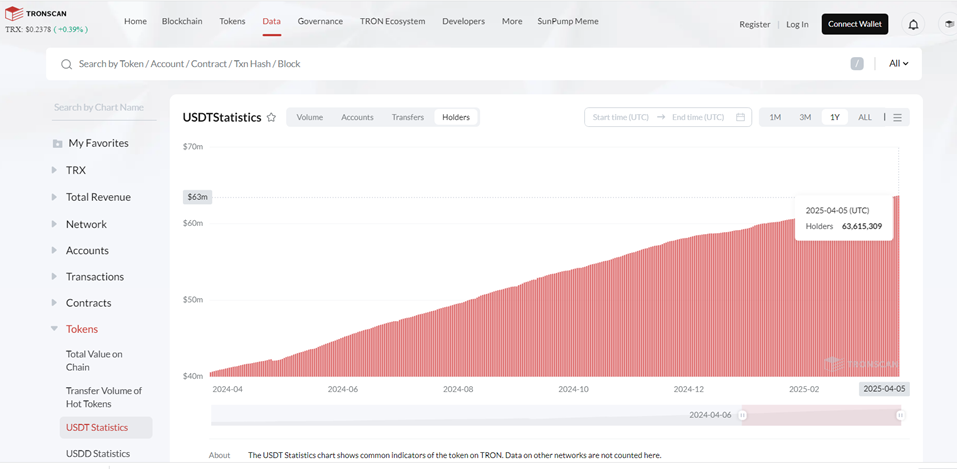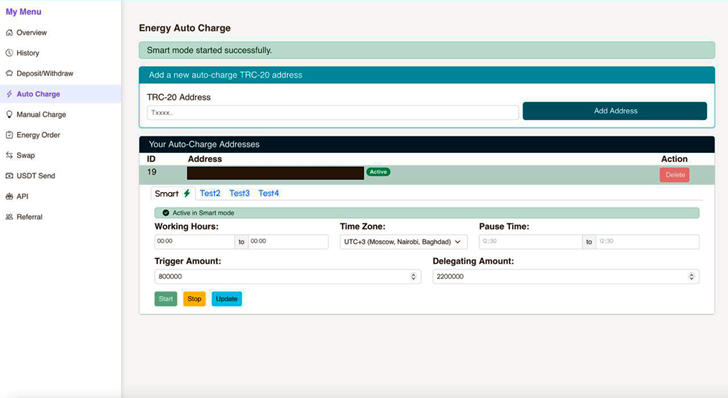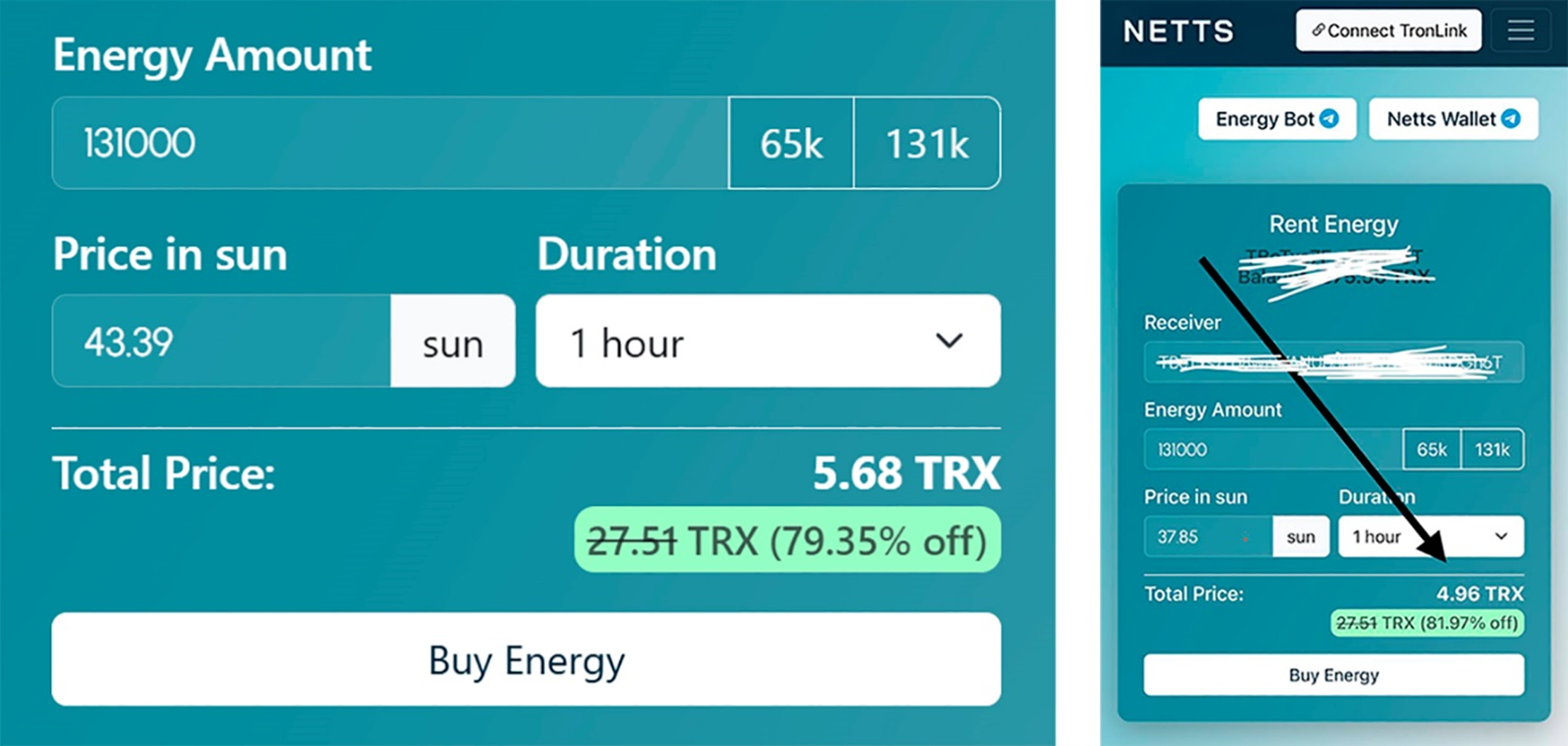Why USDT TRC-20 Has Become More Popular Than USDT ERC-20
Tether – a product of the company of the same name, Tether Limited – is the world's first stablecoin pegged to the US dollar (1:1). Several cryptocurrency blockchains issue stablecoins based on it.
The popularity and demand for this cryptocurrency are evidenced by the fact that Tether Limited recently issued an additional 1 billion USDT on the Tron network. This means that since the beginning of 2025, a total of 8 billion USDT has been issued. As a result, the capitalization of the largest stablecoin has exceeded $96 billion.
This article will discuss the stablecoins of the Tron and Ethereum cryptocurrency networks, created by Tether Limited based on the standards of these crypto platforms: TRC-20 and ERC-20, respectively.
So why was 1 billion USDT issued specifically for the Tron network, i.e., based on the TRC-20 standard tokens of this eco-platform?
Well, for starters, for over three years (or 40 consecutive months), the Tron-based version of USDT has outperformed the Ethereum-based version of the stablecoin. And by the end of 2024, USDT became the leader in so-called "organic" transactions – transfers made by real people, not bots.

In the first weeks of this year, USDT TRC-20 reached a huge milestone – it became 900% more popular than its counterpart, USDT ERC-20.
We examine the reasons for the increased popularity of USDT TRC-20 compared to USDT ERC-20, driven by various factors, ranging from low fees on the Tron network to the advantages of the system's technological capabilities.
We will also consider ways for additional savings on commissions, which are available to all users of the Tron eco-platform.
Comparison of USDT TRC-20 and USDT ERC-20
USDT TRC-20 and USDT ERC-20 tokens ensure compatibility with protocols based on the Tron and Ethereum blockchains, respectively, and with decentralized applications (DApps). This allows users to make transactions and exchange fiat currencies within these cryptocurrency systems.
Main Differences Between the Two Standards
Gas fees or transaction commissions:
USDT ERC-20. Fees on the Ethereum network are charged only in native crypto, and when converted to fiat currency, can reach several dollars, especially during high network load.
USDT TRC-20. The Tron network uses special resources for gas fees, which can be obtained by staking or renting. In the latter case, native crypto may not need to be withdrawn from circulation at all. As a result, commissions are significantly lower than on the Ethereum network, making Tron attractive to users, including cryptocurrency business platforms.
Transaction speed:
USDT ERC-20. The speed of stablecoin transfers on the Ethereum network is about 15 TPS (transactions per second).
USDT TRC-20. The Tron network provides the highest transaction processing speed among all blockchains using Tether-based stablecoins – up to 2000 TPS.
Compatibility and ecosystem:
USDT ERC-20. Wide support in decentralized applications (dApps) and DeFi platforms.
USDT TRC-20. Has limitations in some systems, for example, in Ethereum itself.
| Network | Advantages | Disadvantages |
|---|---|---|
| TRC-20 | Low fees and the possibility of using additional ways to save on commissions High transaction speed Support for many DApps Additional comfort due to the GasFree function for those who do not hold TRX and Tron resources Growing ecosystem | Less decentralization Limited support on some platforms |
| ERC-20 | Wide support in decentralized applications (dApps) and DeFi platforms High level of decentralization Security and reliability | High fees Low transaction speed Lack of a built-in mechanism for transaction status notifications |
Advantages of Using USDT TRC-20
Above, we listed the differences between Tether stablecoins developed for the Tron and Ethereum cryptocurrency blockchains. Now let's conclude – why users choose USDT TRC-20.
- Low fees make the Tron network's stablecoin ideal for micropayments and frequent transfers. This is beneficial both for individual users who regularly, but not often, transfer USDT to several addresses or even to one address, and for business platforms that make dozens of transfers to various addresses.
- The Tron ecosystem supports various services operating on the network that help users reduce transaction costs (Energy rental services) or provide necessary comfort during transfers (GasFree).
- High transaction speed ensures quick confirmation of operations, which saves users time and costs. In addition, transaction speed affects network load, and consequently, gas fees. That is, using USDT TRC-20, unlike USDT ERC-20, saves not only your time but also your money.
- Growing support from various exchanges and wallets simplifies the use of USDT TRC-20 – at the moment, it is difficult to even name the number of wallets that support the Tron stablecoin, so high is its popularity and demand.
How to Reduce Fees When Using USDT TRC-20
To transfer USDT TRC-20, you can, of course, use native crypto as a gas fee, as is done on most cryptocurrency blockchains. But the Tron team has developed special resources for users that can be used to pay commissions. The Bandwidth resource is credited to each user's balance daily for free. These 600 units are enough for one USDT transfer – it requires 345.
The Energy resource can be obtained in several ways (it is not distributed for free).
Ways for Additional Savings
- Staking TRX. For a couple of transfers a day, you will have to withdraw almost 24,000 TRX from circulation and freeze them, which does not guarantee the receipt of the required amount of Energy, nor that the resource will be enough for the planned transactions. Surprises can come from Tron's dynamic energy supply model.
- Renting Energy on the Tron network through platforms that, among other cryptocurrency operations, can charge your wallet with the resource. This allows you to reduce transaction fees by 30-70%. But the user will have to manually submit an application each time, and beforehand – accurately calculate the required amount of Energy.
- Using specialized Energy rental services that can connect clients via API.
The NETTS Energy rental service provides its clients with the opportunity to connect via API to automate processes and optimize commission costs.
Your task is to decide on the mode, choosing between Smart and Host.
To work in Smart mode, you need to determine a trigger, that is, such a level of Energy on the balance, a decrease to which during USDT TRC-20 transfers requires another replenishment.
This means that you will not have to scrupulously calculate the required amount of Energy for a working day with an accuracy of ten. The NETTS Energy rental service will replenish your wallet itself as soon as the resource level drops to the minimum you specified.

What is another advantage of connecting via API – only the cost of the Energy actually used will be debited from your deposit (except for periods of Tron network overload). If you rent on a prepaid basis, as is customary on other platforms, you will not be refunded the difference in TRX, and the unused Energy will not remain in your wallet.
Although NETTS has left the option of renting on a prepaid basis – this rental mode is in demand by those who rarely and irregularly transfer stablecoins.
Large businesses are attracted by the Host mode – a constantly replenished balance ("eternal" Energy) or replenishment of the wallet/wallets in cycles.
And most importantly – the answer to the question, how much can I save by renting Energy from NETTS? Here are screenshots of real invoices for actually rented Energy in the amount of 131K units for one hour.

You, of course, noticed the difference in the amount? This reflects the peculiarity of the Tron blockchain's dynamic energy supply model. And proof that the invoices are issued in real time during the rental process: the first – during the day, the second – at night, when the network load is minimal.
Well, you certainly couldn't have missed the economic effect: even during the day – almost 80%! So far, only the NETTS Energy rental service can provide such discounts on transaction fees on the market!
Conclusions
If your choice is speed and cheap transactions when transferring tokens pegged to fiat currency rates, we recommend USDT based on the TRC-20 standard. This stablecoin is not accidentally breaking records in popularity and demand, as the Tron blockchain provides speeds of up to 2,000 transactions per second.
The features of the Tron ecosystem not only ensure the highest transaction speed among all cryptocurrency blockchains but also significantly reduce commission costs. You do not have to spend native crypto on commissions – there are special resources for this, which you will not find on any other cryptocurrency blockchain.
For additional savings, use the NETTS service for renting Energy on the Tron network.
Start saving 80% on transactions today by connecting via API. And keep your TRX, don't burn them in the fire of transactions!